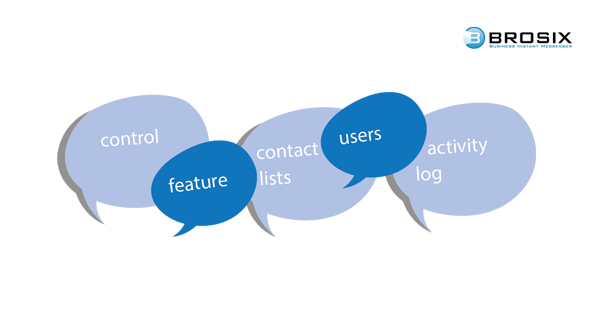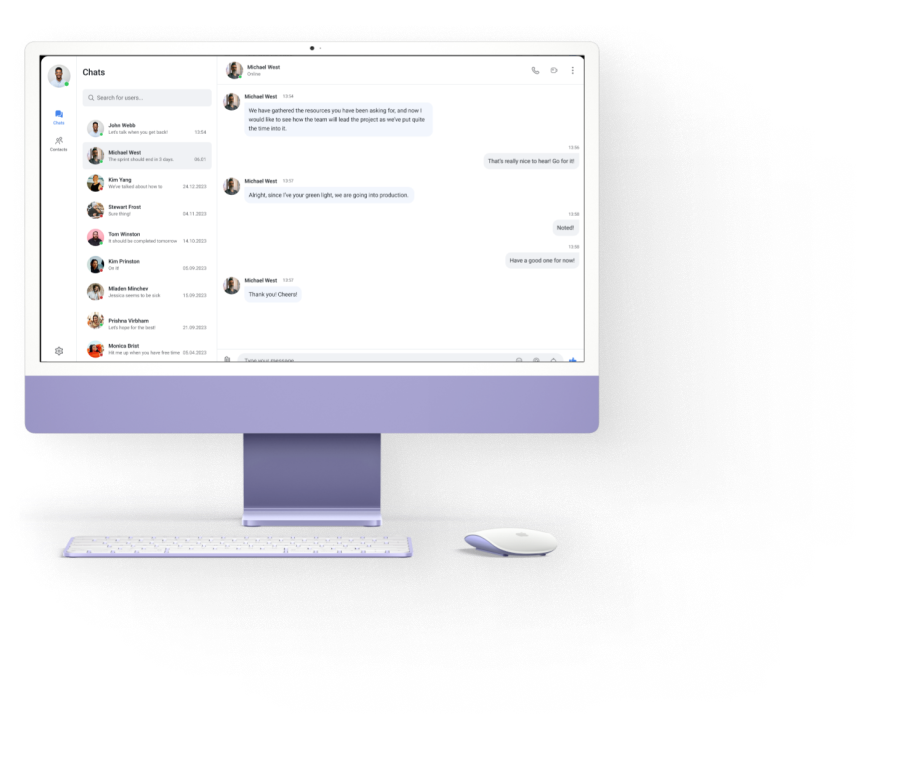Nearly any conversation on millennials is bound to end up on their style of communication. Millennials, though, make up a growing percentage of the workforce. As a result, you not only need to be aware of their preferred means of communication, but better prepared for the future of communication, in general.
Below we’ll look at how millennials generally prefer to communicate, as well as some tips to help you more successfully reach them, better engage with them, and, importantly, more effectively communicate with your millennial coworkers.
How Do Millennials Communicate?
Generally speaking, millennials:
- Prefer instant messaging – Instantaneous by nature, chatting by text allows communication to take place anytime and anywhere. It also gives the sender a bit more time to think before responding.
- Don’t like talking on the phone – Having grown up with email and instant messaging, millennials have wholeheartedly embraced those technologies, as opposed to the phone.
- Still utilize email – In addition to fewer space and character limitations, email’s lack of urgency keeps it a popular method of communication.
- Value straightforward communication – Millennials prefer openness, honesty, and directness as opposed to wordy corporate jargon.
- Appreciate brevity – Long-winded communication is viewed as a waste of time and money. Hence, you’re more likely to see 280 character limitations, abbreviations, emojis, and other shortcuts.
How Can You Better Communicate with Millennials?
1. Exploit Mobile Communication
Millennials adore their phones. They’re on them first thing in the morning, throughout much of the day, and before calling it a day. The mobile phone isn’t just an asset to millennials, though. It’s an asset you must utilize to reach them.
Texting is the go-to means of communication. Entire conversations are carried out using chat apps like Viber, WhatsApp, Messenger, and others. And it’s in your enterprise’s best interest to capitalize on this medium. Not only can text marketing be used to more effectively reach this generation and more actively engage them, but mobile communication can be used as a means of internal communication throughout your enterprise.
2. Leverage Social Media
Social media dominates the communication landscape for many millennials. Platforms like Facebook, Instagram, and Twitter have become instrumental in the way millennials share information and media and access news. Many social media platforms also offer messaging capabilities – text chats and direct messages – providing some of the most popular outlets for people to keep in touch.
Importantly, millennials also make purchasing choices based off of brand engagement on social media and readily available feedback. These days, brands must engage consumers on these platforms. Making millennial consumers part of the conversation not only empowers them, but enables them to become brand ambassadors – increasing loyalty and the willingness to promote your product.
3. Meet Them on Their Level
Like other generations, millennials also possess a strong set of values which they hold dear. Among them are experience, encouragement, innovation, and purpose. By having millennials in positions of leadership, you demonstrate that you don’t just understand their values, but consider them important.
Millennials don’t simply want to be another customer. They want to be engaged. By interacting with them as sources of possible ideas for marketing, content creation, and product promotion, you could attract more consumers who want to be a part of an engaging community.
Finally, employ a sense of humor when communicating and collaborating with millennials. While they understand that life is serious, a lack of humor can squelch creativity, expression, and motivation. A joke, gif or meme, or even an emoji, can go a long way toward lightening the mood around the office, as well as showing that your brand has a sense of humor.
4. Cultivate More In-Person Communication
It’s no secret that many millennials would prefer to simply shoot off a text message or email rather than walking down the hall. And the rise of social media and mobile communication means that some don’t get much practice communicating in person. The benefits of face to face interactions, though, are fundamental – speaking professionally, listening attentively, and reading body language.
When appropriate, include younger coworkers in on strategic meetings and company presentations – both as participants and observers. Moreover, seek them out in person from time to time, rather than simply defaulting to an email or instant message. Learning is empirical and everyone, regardless of age, benefits from meaningful and effective face to face communication.
5. Employ Team Collaboration Tools
When it comes to communicating with millennials internally, team collaboration tools are your biggest asset.
As the traditional work environment transitions to feature more remote workers and freelancers, enterprise instant messengers, like Brosix for example, allow teams to communicate and collaborate through a medium which is convenient, familiar, and more efficient.
68% of millennials text on a daily basis. Employing chat – text and chat rooms – as a part of your internal communication strategy lets your team communicate in real time and in a way which is familiar. And it can take place whether your team is located centrally or scattered across the globe.
According to MIT’s Sloan Management School, participants ranked presentations and data visualization among the top skills they need to improve. With remote teams, though, collaborating – producing, sharing, and presenting – can be both a logistical and financial challenge.
Enterprise instant messengers mitigate some of these obstacles. A Virtual Whiteboard streamlines real-time collaboration on presentations, as well as visualization of metrics, key performance indicators, and pain points through a variety graphs, charts, and diagrams. What’s more, with unlimited size file transfers, you can send an indefinite amount of data and information, keeping all necessary stakeholders in the loop. Voice and Video Chat, on the other hand, don’t just streamline teamwork when it traverses distance, but, in fact, enhance the entire collaborative process.
The Last Word
While millennials face the brunt of many stereotypes today, they would be wise not to ignore traditional methods of communication, especially of those “in charge.” Importantly, though, baby boomers and Generation Xers must also adapt to the changing nature of communication.
By recognizing their preferred means of communication, leveraging their values to your advantage, and employing the right collaboration tools, you can ensure communication with millennials remains both effective and productive.








